There’s nothing like a story about three mice getting their tails chopped off, is there?
Videos by American Songwriter
It’s funny thinking how some nursery rhymes become children’s songs. And this one, about three mice who cannot see who get their tails chopped off with a carving knife, is at the top of the list.
Nevertheless, the rhyme and song have become part of the fabric of the nursery. But why? What is the meaning behind this? That’s what we’ll dive into here today.
So, without further ado, let’s do just that.
Origins: Common and Less Commonly Known Lyrics
Before we get into the history and meaning of the rhyme, let’s remember its lyrics.
They are:
Three blind mice. Three blind mice.
See how they run. See how they run.
They all ran after the farmer’s wife,
Who cut off their tails with a carving knife,
Did you ever see such a sight in your life,
As three blind mice?
In terms of the rhyme’s history, the first version of “Three Blind Mice” was published in Deuteromelia or The Seconde part of Musicks Melodie in 1609. According to lore, the editor of this particular book and the possible author of the rhyme was Thomas Ravenscroft (doesn’t that sound like the perfect name?)
The original lyrics, different from those more commonly known today above, were:
Three Blinde Mice,
Three Blinde Mice,
Dame Iulian,
Dame Iulian,
the Miller and his merry olde Wife,
shee scrapte her tripe licke thou the knife
Of course, those older lyrics are definitely different, aren’t they?
Execution and Queen Mary I of England
Human beings can never really take things at face value.
Therefore, people are always trying to find the historical significance of things like “Three Blind Mice.” As a result, many have thought that the rhyme was written even earlier than 1609 and there is speculation that the song (and musical “round”) refers to Queen Mary I of England (18 February 1516 – 17 November 1558).
She was believed to have blinded and executed three Protestant bishops. Could these be the “three blind mice” the rhyme speaks of?
However, according to history, the three known as the “Oxford Martyrs” were burned at the stake, not blinded. This happened in 1555, more than 50 years before the original “Three Blind Mice” was published by Ravenscroft.
Even still, though, that “blindness” could be philosophical in nature. Perhaps they were “blind” to the truth of God, and not merely in literal sight capacity.
Yet, the earlier lyrics from 1609 don’t mention blindness at all. And their early publication came well after Queen Mary had died.
Mysteries abound.
More Contemporary Thoughts
The modern “Three Blind Mice” rhyme entered children’s literature in 1842 when it was published in a collection of similar ditties by James Orchard Halliwell.
A year later in 1843, the amateur music composer Thomas Oliphant said of the song, “This absurd old round is frequently brought to mind in the present day, from the circumstance of there being an instrumental Quartet by Weiss, through which runs a musical phrase accidentally the same as the notes applied to the word Three Blind Mice. They form a third descending, C, B, A.”
Modern References
The rhyme has been referenced and used in many more modern compositions.
For example, Robert Schumann’s Kreisleriana #7 is said to be based on “Three Blind Mice,” even though its subject is a cat.
“Three Blind Mice” was also used as a theme song for the physical comedians, The Three Stooges.
And the theme of the second movement of Sergei Rachmaninoff’s Piano Concerto No. 4 (1926, revised 1928 and 1941) was criticized as resembling Three Blind Mice.
A calypso version of the tune with lyrics by Monty Norman was recorded by Byron Lee and the Dragonaires for the film Dr. No, and is featured in its soundtrack.
And the line “See how they run” appears in The Beatles song, “Lady Madonna” from 1968.
Raffi sings this song on their 2022 album, Nursery Rhymes for Kinder Times, as the revised, “Three Kind Mice.”
The “Complete Version”
In 1904, Frederick Warne & Co. published an illustrated children’s book by John W. Ivimey called, The Complete Version of Ye Three Blind Mice, which depicts the three rodents out to be mischievous characters who seek adventure, eventually taken in by a farmer, who chases them into a bush that blinds them.
Their tails are removed by the “butcher’s wife” and the story concludes with the three mice drinking a tonic that lets their tails grow back and their eyesight recover. They live happily ever after.
“Hot Cross Buns”
As many who sing “Three Blind Mice” will notice, the piece is sung in the same tune with the same melody as the nursery rhyme, “Hot Cross Buns,” about a baker making his wares.
See that song in the video clip below.
Final Thoughts
Though the rhyme is rather dark in meaning—protagonists getting their tails chopped off—there is something fun about the whole thing. These tiny characters run around in unison, as friends, surviving what the world throws at them.
Kids can relate, as they too are small and seemingly always in danger of running into peril.
Perhaps in this way, the rhyme is sung as a cautionary tail—er, tale The idea being, don’t go eyes-closed into the new world unless you’re willing to risk something—even losing something important. And that’s the meaning behind why it’s lasted so long.
Gettyimages.com



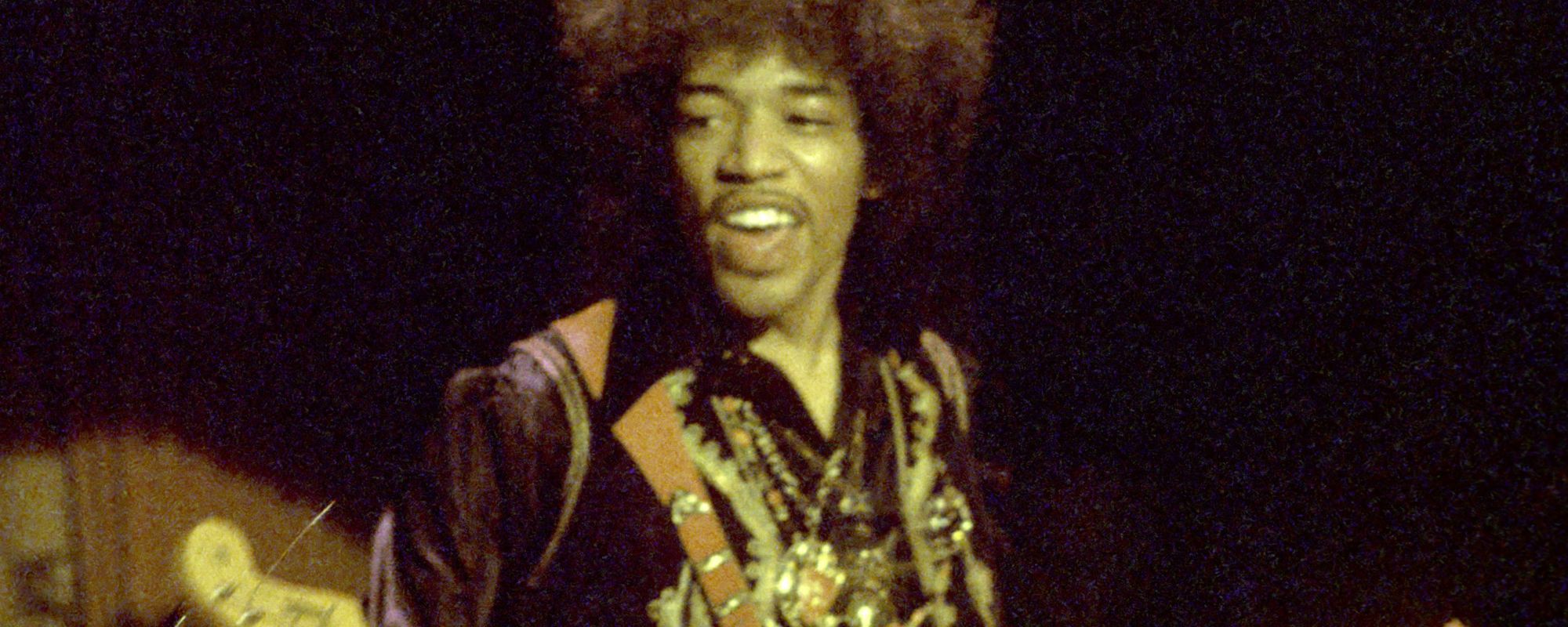


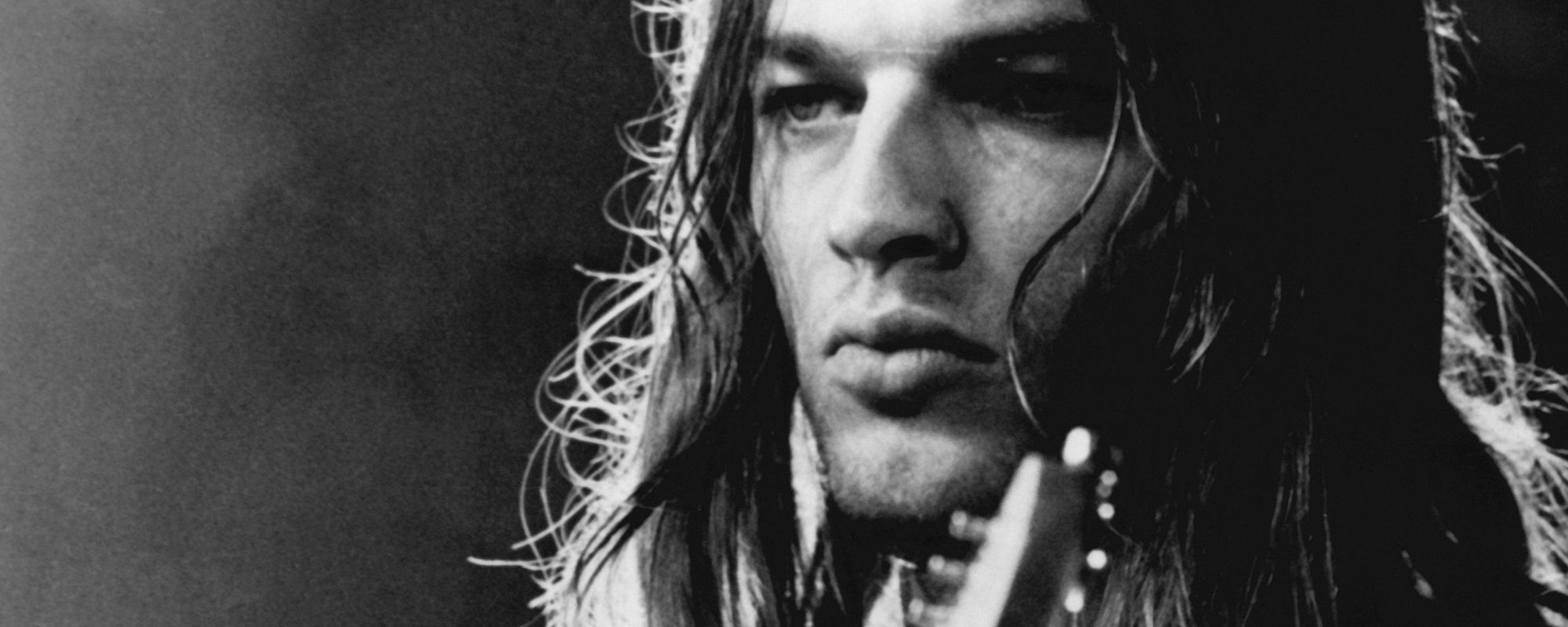

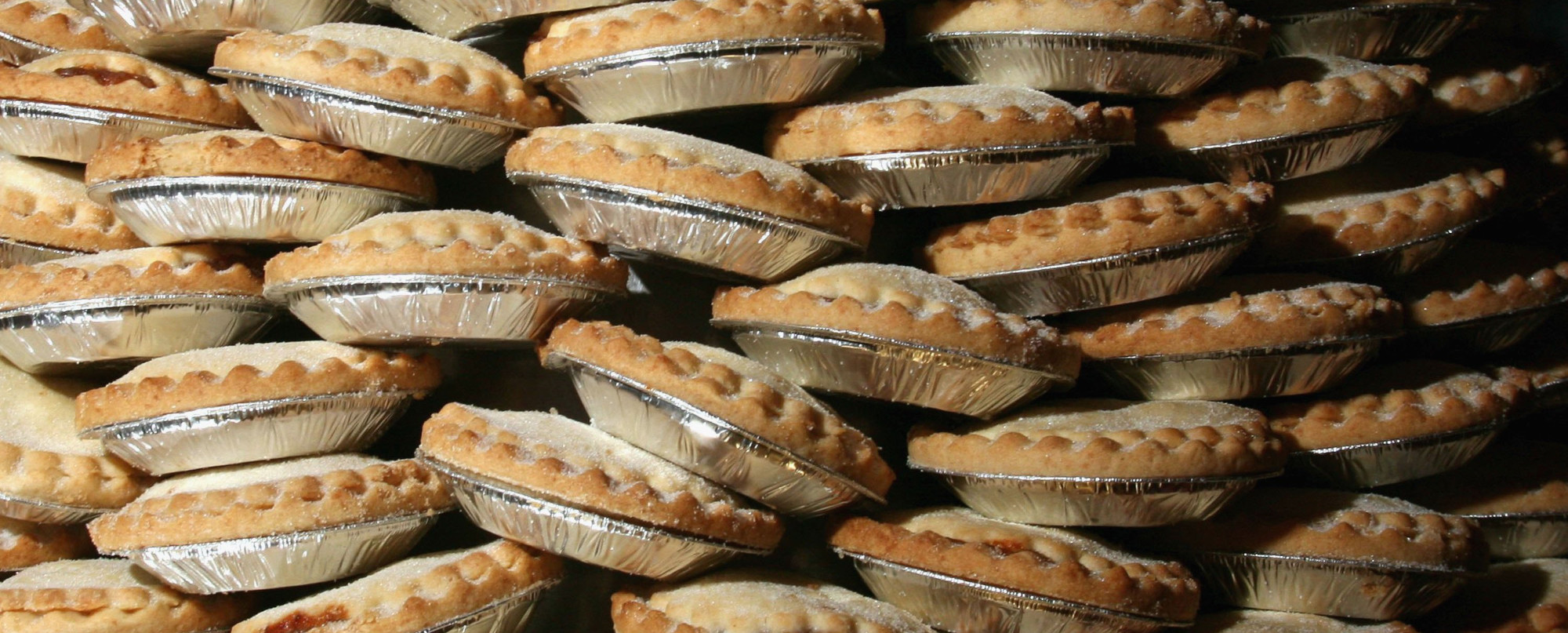

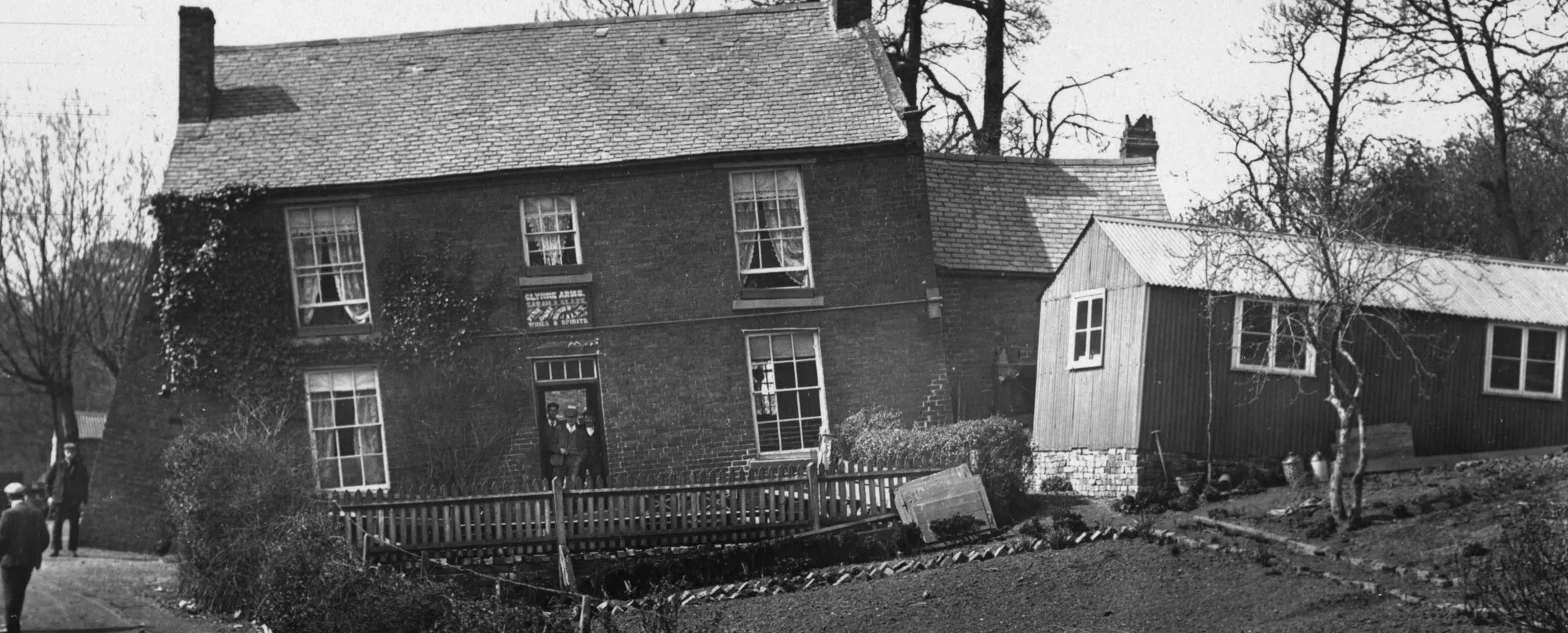

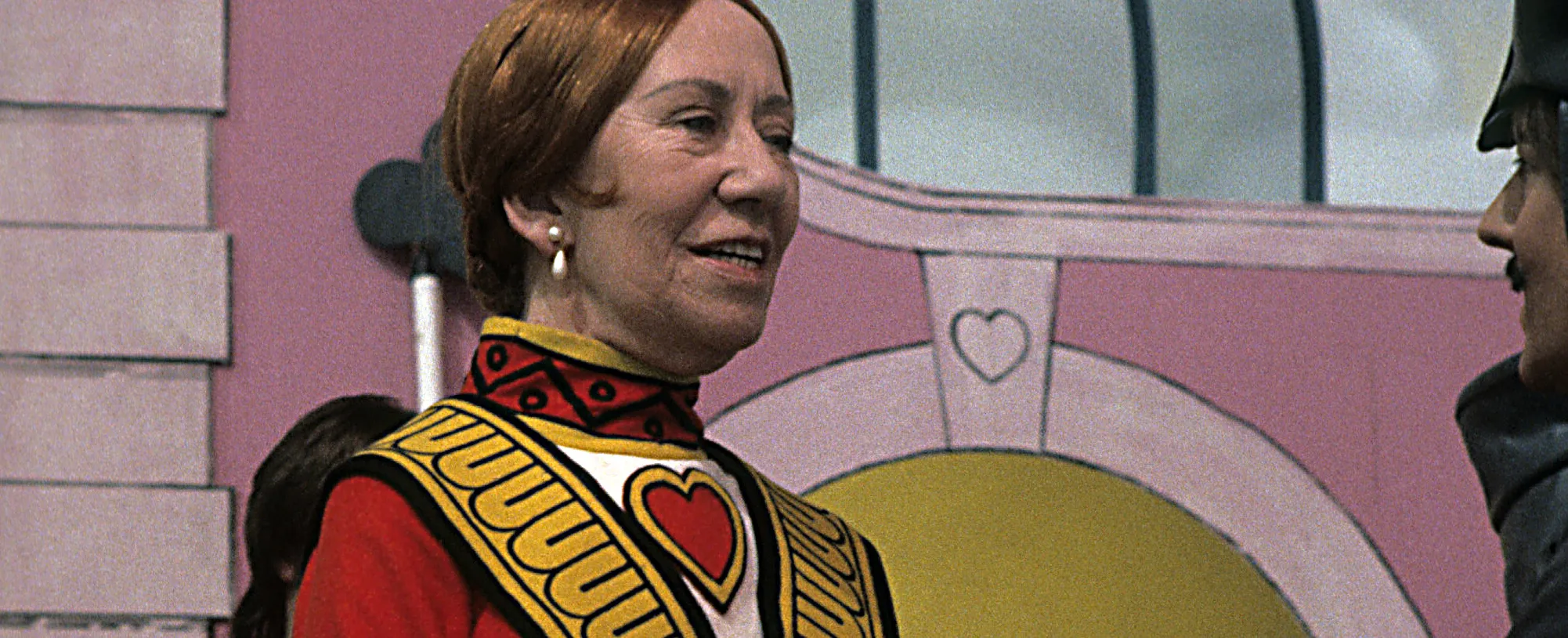
Leave a Reply
Only members can comment. Become a member. Already a member? Log in.